Ishiuchi Miyako Photo Exhibition “Hiroshima 2025 Matsumoto”
I visited the Ishiuchi Miyako Photo Exhibition “Hiroshima 2025 Matsumoto” held at Shinmai Media Garden in Matsumoto City, Nagano Prefecture.
(The photo exhibition was held from August 6 to August 17, so it had already closed by the time this article was published.)
Posters were displayed along the road in front of the building.

Ishiuchi has been photographing the belongings of atomic bomb survivors stored at the Hiroshima Peace Memorial Museum almost every year since 2007. Due to poor health, she was unable to photograph in recent years, but she resumed photography in May of this year after a four-year hiatus.
This exhibition features approximately 30 works selected from his previous photographs.
Photography was permitted inside the venue, so I have included some photos.
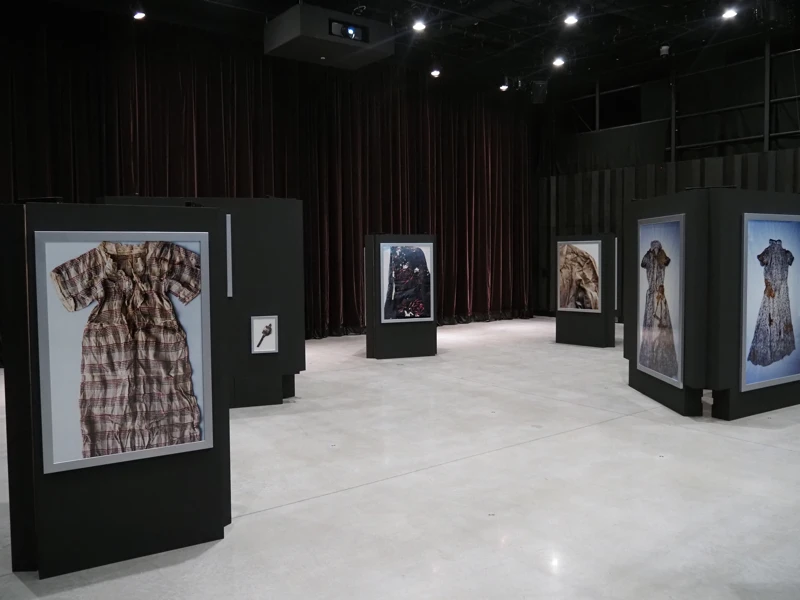
Panels were set up like pillars throughout the venue, with photographs displayed on them.
There was a screen on the front wall, showing silent video footage of the relics.
It appeared to be video footage taken by moving the camera closer to the relics, which had been placed on tracing paper for photography.
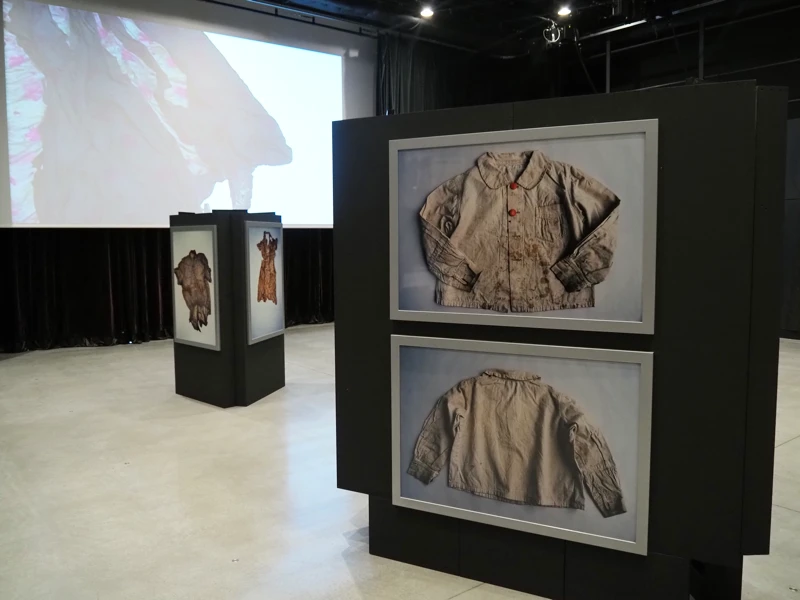
The distinctive feature of this exhibition is that it does not include any text or explanations. None of the photographs have captions. Another distinctive feature is that the items on display are the personal belongings of women.
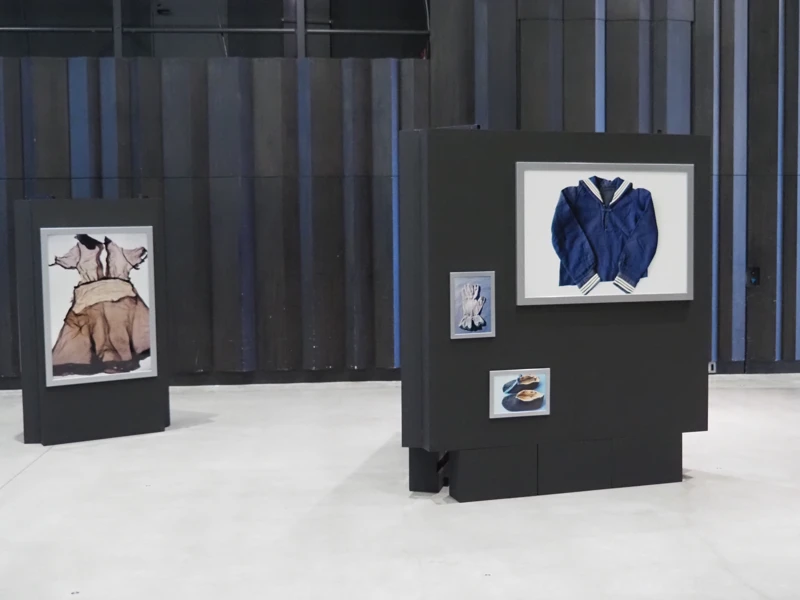
Visitors can only think for themselves while looking at the photos.
What kind of clothing was available at the time? Who wore them? Were they wearing them when they were exposed to the atomic bomb ?…
In an interview with the Shinano Mainichi Shimbun, Ms. Ishiuchi responded as follows.
“The photo book ‘Hiroshima’ is my personal view of Hiroshima and my personal view of the world. It is about how individuals see things and what they think, and then individuals see and think about that. From now on, there will only be relationships between individuals. We must have a firm core.”
Many people died within a few days of being exposed to the atomic bomb, while others survived.
We can only imagine what kind of person the owner of the relics was from the photographs.
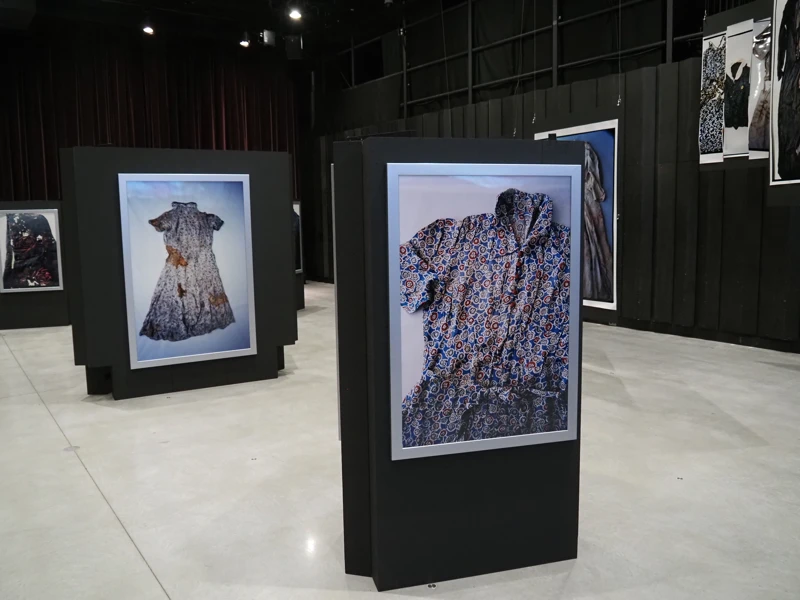
A few years ago, I saw Ishiuchi’s photo exhibition at the Azumino Chihiro Art Museum, and I remember there were photos of clothes with name tags sewn on them, with names, school names, and blood types written on them. However, it seems that such photos were intentionally not included this time.
In this exhibition, visitors are being asked to confront themselves.
In such a venue, there were two works which text is included in the photo.
These are banknotes and a soap.
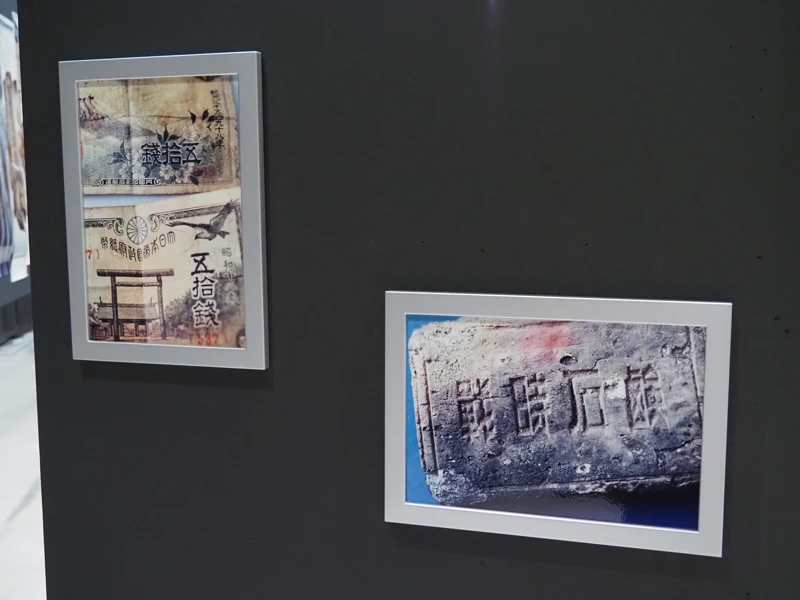
Two 50-sen banknotes are shown, with different years of issue. The upper banknote was printed in 1938, and the lower banknote was printed in 1943.
Fifty-sen banknotes are called “small denomination banknotes” and were issued as banknotes during the war due to a shortage of metal for coins.
The 1938 banknote features Mount Fuji and cherry blossoms, and the year of issue is written in the Imperial Era (the era of Emperor Jimmu’s accession to the throne).
The 1943 banknote features Yasukuni Shrine, and the year of issue is written in the Showa era.
The surface of the soap is engraved with the words “wartime soap.” Wartime soap was developed in response to material shortages during the war. Starting in 1941, the Ministry of Commerce and Industry and soap manufacturers discussed measures to address the issue and decided to add bentonite (a type of clay) to soap.
According to the 1943 specifications, bath soap was required to contain at least 93% soap content and laundry soap at least 82% when measured by dry weight. However, wartime soap was set to contain only 30% soap content. It is said that 67% of the soap was composed of components that did not dissolve in alcohol, which is likely the bentonite. While it only increased the viscosity of the soap solution and had no cleaning power, there was no choice but to use it.
I think these photos were displayed to illustrate the social conditions of the time.
That said, the explanations about the banknote and soap mentioned above were things I did not know at the time of viewing the photos. I learned them through research while writing this blog.
Sometimes we only learn things by researching them later. If I had just seen the exhibition and left it at that, I wouldn’t have gained a deeper understanding.
Since I was visiting alone, I could only have a dialogue with myself, but the families at the venue were discussing their observations and thoughts with each other, which was good.
“What individuals see and think” and “how they communicate that to each other” are probably also the intentions of this exhibition.
[Related article]
"Dialogue 'Hiroshima’ with Ishiuchi Miyako and Arthur Binard" (2018-07-03)
[Reference] (written in Japanese)
* "Tuesday art : Encountering relics from 80 years ago" (Shinano Mainichi Shimbun, published on July 29, 2025)
* “Official Gazette” (Ministry of Finance Printing Bureau/May 18, 1943)
* “Utilization of Substitutes” (LION Official Website/Lion Museum)
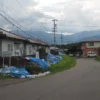
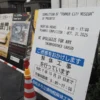
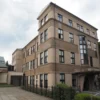
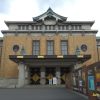
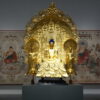
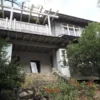

Discussion
New Comments
No comments yet. Be the first one!